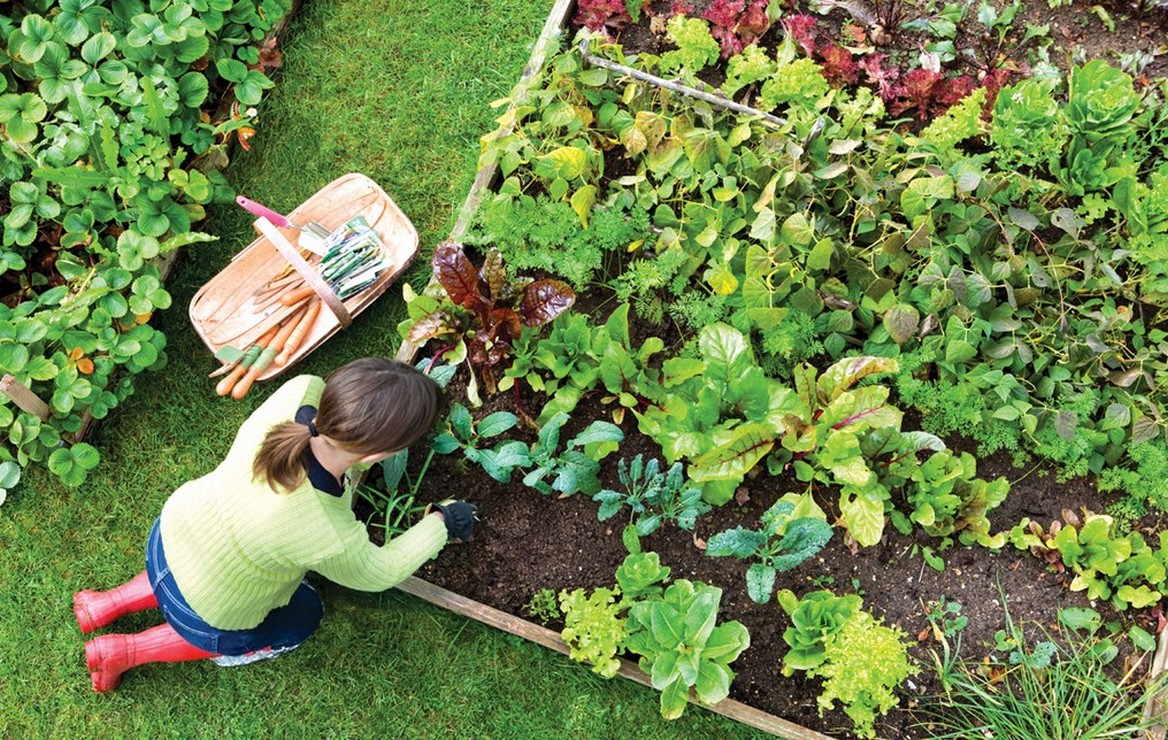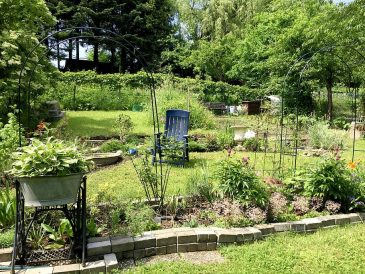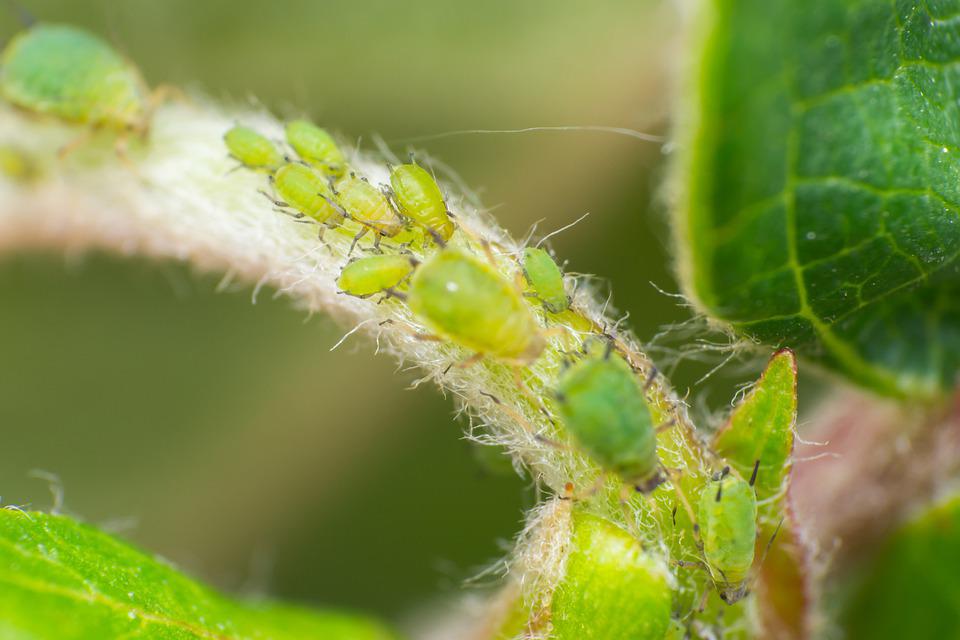When I started to grow my garden, I was growing without a real purpose, but now, I focus on what I shall do with my produce to grow things.
There are different types of garden that you will be able to find in a skincare garden;
Floret Flowers: While they specialize in flowers, they also provide a selection of culinary plants. Tomatoes, dill, and nasturtium are among the plants I’ve grown. – They’re also incredibly healthful.
Medicinal Seeds: You can turn yourself into an herbalist, it is a garden that contains seeds and live plants, and a large variety of medicinal herbs. I grew their calendula and borage.
Cutting is a free resource; You can cultivate living plants like basil and mint at home by taking a cutting. Remove the bottom leaves and place the stem in a jar filled with water. The roots will start to emerge in a few weeks. After that, you can plant them in the ground. Simply ask for a cutting from a neighbor who is growing herbs. Alternatively, save a stem for propagation the next time you buy fresh herbs at the grocery.

What Can I Grow For Skincare?
Thyme is well-known for its anti-infectious properties. Thyme has antimicrobial, antiviral, and antiseptic properties. It works well as a skin and scalp “wash.” It also aids in the decongestion of the lungs and is an excellent “Vicks” treatment. Infuse thyme into apple cider vinegar, oil, water, or honey, or use it in the bath or inhale the steam.
Sage: Sage’s mix of astringent and antibacterial properties make it suitable for the skin, especially in wet skin conditions when excess secretions are present. It helps to restrict excess sweat and grease by tightening tissue. It helps with wounds, burns, sore throats, and other conditions where tissue is irritated and healing by reducing inflammation and protecting against infection. Sage is mildly warming and antispasmodic, which helps to relax stiff or painful muscles. Sage can be added to a muscle healing balm.
Lavender: Known as the “desert island herb,” lavender is extremely beneficial in various ways. It cleanses and cools heated, irritated skin while promoting healing and protecting the skin from injury. Find out how beneficial lavender is.
Lemon Balm: As someone who suffers from cold sores, I find lemon balm beneficial. To apply to the lips, make lemon balm honey or chapstick. When stress creates skin problems, drink lemon balm tea. Lemon balm is nervine, which means it enhances your nervous system and makes it easier for your body to respond to stress. It’s also quite antiviral, so it’ll help you fight off any viruses that try to take advantage of your weak state.
Elderberry: The berries are well-known for their antiviral properties, and elderberry syrup has been in great demand due to the Coronavirus outbreak. The Elderberry’s leaves and blooms can also be used topically, mostly anti-inflammatory properties.

Calendula: Calendula is known as the “ultimate skin healer” because of its affinity for skin and tissue. It aids in healing, whether it’s a cut, scrape, or breakout on the skin. It also stimulates the lymphatic system, which helps to clear excess fluid and waste.
Gotu Kola: This is your circulatory support for varicose veins and impaired circulation. Circulation is also vital for acne and blemish healing. Gotu Kola powdered from fresh Gotu Kola can make a healing and refreshing face mask. You can also soak your legs in a strong Gotu Kola infusion.
Chickweed helps alleviate itching and irritation and is beneficial for bug bites, eczema, and rashes. Chickweed is demulcent, which means it can aid with dryness and dehydration.
You do not need to grow each one of these plants, you can pick and choose what will be an advantage for you. Let us know in the comments what do you think about growing a skincare garden…





